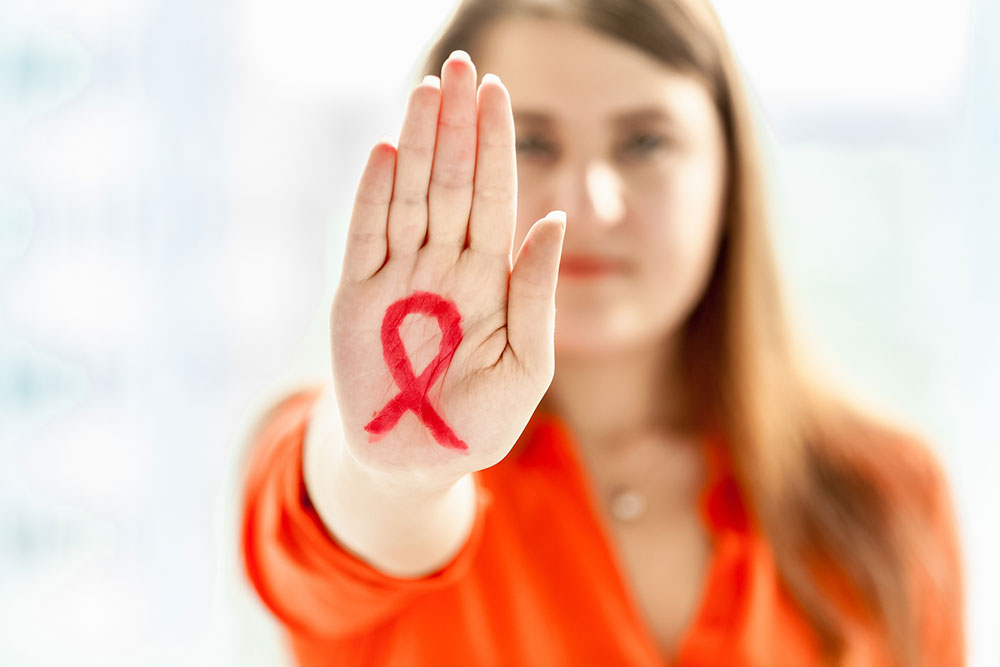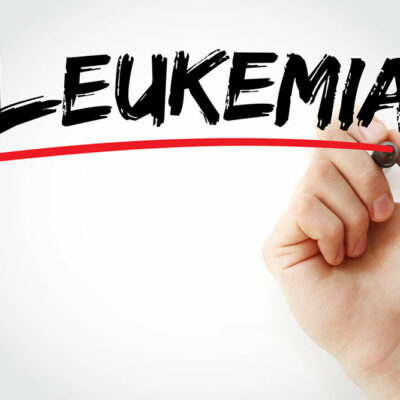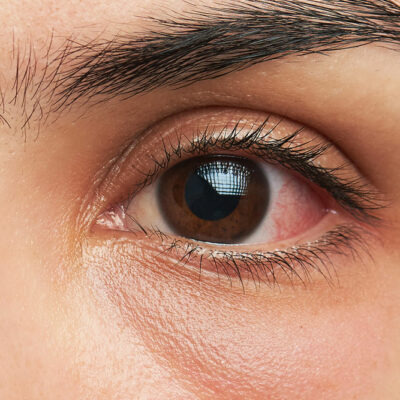
Symptoms and prevention measures associated with HIV
Human immunodeficiency virus (HIV) is a virus that attacks the cluster of differentiation 4 (CD4) immune cells. CD4 cells are a type of T cells. These are the white blood cells (WBCs) that move in the body, detecting faults and anomalies in the cells, as well as infections. When HIV targets and penetrates these cells, it reduces the body’s ability to combat other illnesses and diseases.
This, in turn, increases the risk and impact of opportunistic infections (Ols) and cancers. But an individual can carry HIV for a long time without experiencing any signs or symptoms.
A lifelong infection, receiving treatment and managing HIV effectively can prevent it from reaching a severe stage and reduces the risk of a person passing on the virus.
Symptoms
Mainly, infections by other bacteria, parasites, viruses, and fungi cause the more severe symptoms associated with HIV. These health conditions tend to progress further in HIV-infected individuals than in individuals with healthy immune systems. A healthily functioning immune system protects the body against the more advanced effects caused by infections, and HIV causes a disruption of this process.
Some people suffering from HIV don’t show any symptoms until months or even years after contracting the virus. Though, around 80 percent of the people suffering from HIV may develop a set of flu-like symptoms known as acute retroviral syndrome around two to six weeks after the virus enters their body.
The early signs and symptoms of HIV are fever, thrush, chills, unintentional weight loss, joint pain, weakness, muscle aches, tiredness, a sore throat, sweats (particularly at night), a red rash, and enlarged glands.
These symptoms may also result from the immune system trying to fight many types of viruses. But people who experience several of the symptoms associated with HIV and know of any reason they might have been at the risk of contracting HIV over the past six weeks should take the test.
Prevention
The key to extending life expectancy with last-stage of HIV is preventing Ols. Apart from managing HIV viral load with medicines, a person who lives with this disease must take precautions.
- Wear condoms to prevent other sexually transmitted infections (STIs)
- Ask the doctor about work, vacation, and home activities to limit the exposure to potential OIs.
- Receive vaccinations for any potential OIs. Discuss this with a doctor.
- Don’t drink water straight from a lake or river or tap water in some foreign countries. Always drink bottled water or use water filters.
- Understand the germs in the surrounding environment that could lead to an OI. For example, a pet cat could be a source of toxoplasmosis. Limit exposure and take the necessary precautions like wearing protective gloves while changing the litter.
- Avoid eating foods that are at risk of contamination like undercooked eggs, raw seed sprouts, or unpasteurized dairy and fruit juice.
OI can be treated with the help of antibiotic, antiparasitic, or antifungal drugs.
Myths and facts about HIV and AIDS
There are many misconceptions that circulate regarding HIV that are harmful and stigmatizing for people suffering because of the virus.
- HIV cannot be transmitted by:
- Shaking hands
- The saliva, tears, feces, and urine of a person having HIV
- Hugging
- Mouth-to-mouth resuscitation and other types of casual contact
- Kissing
- Sharing cutlery
- Sneezing
- Sharing towels
- Touching unbroken skin
- Using the same toilet


